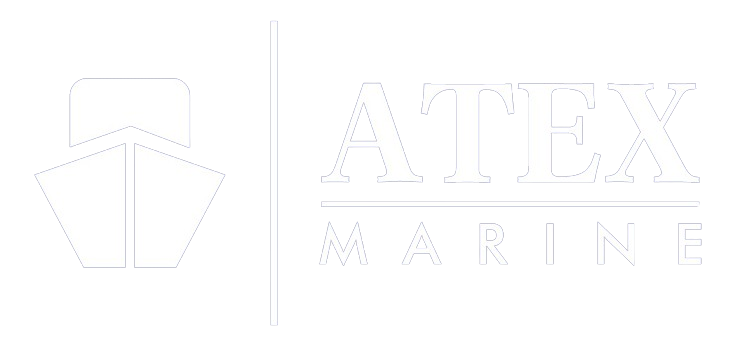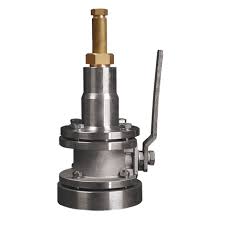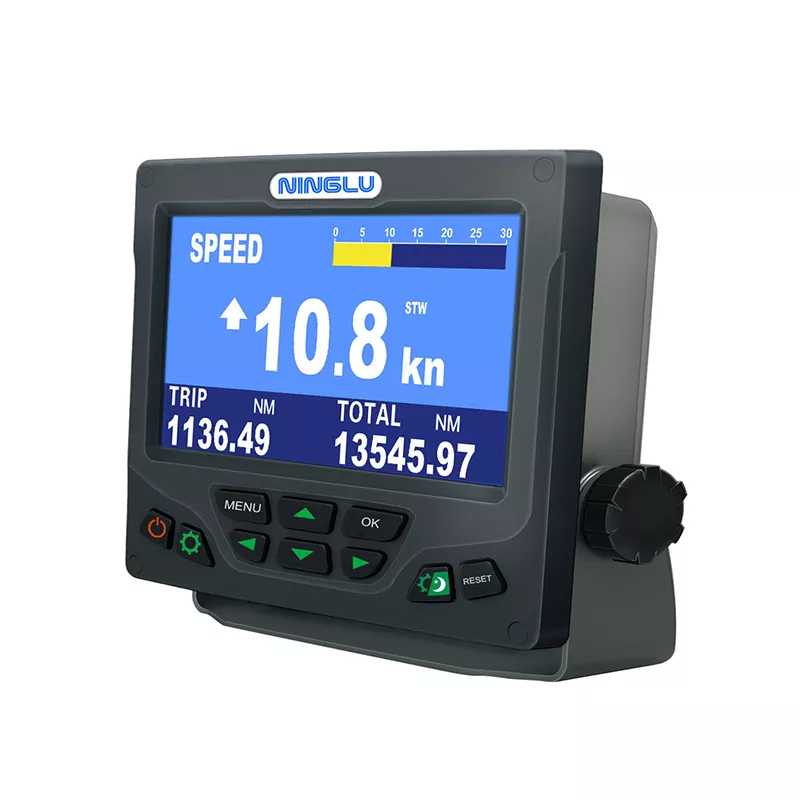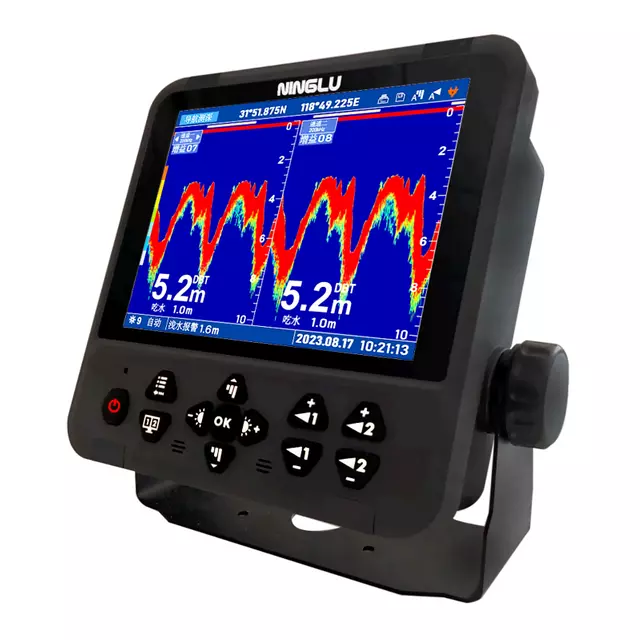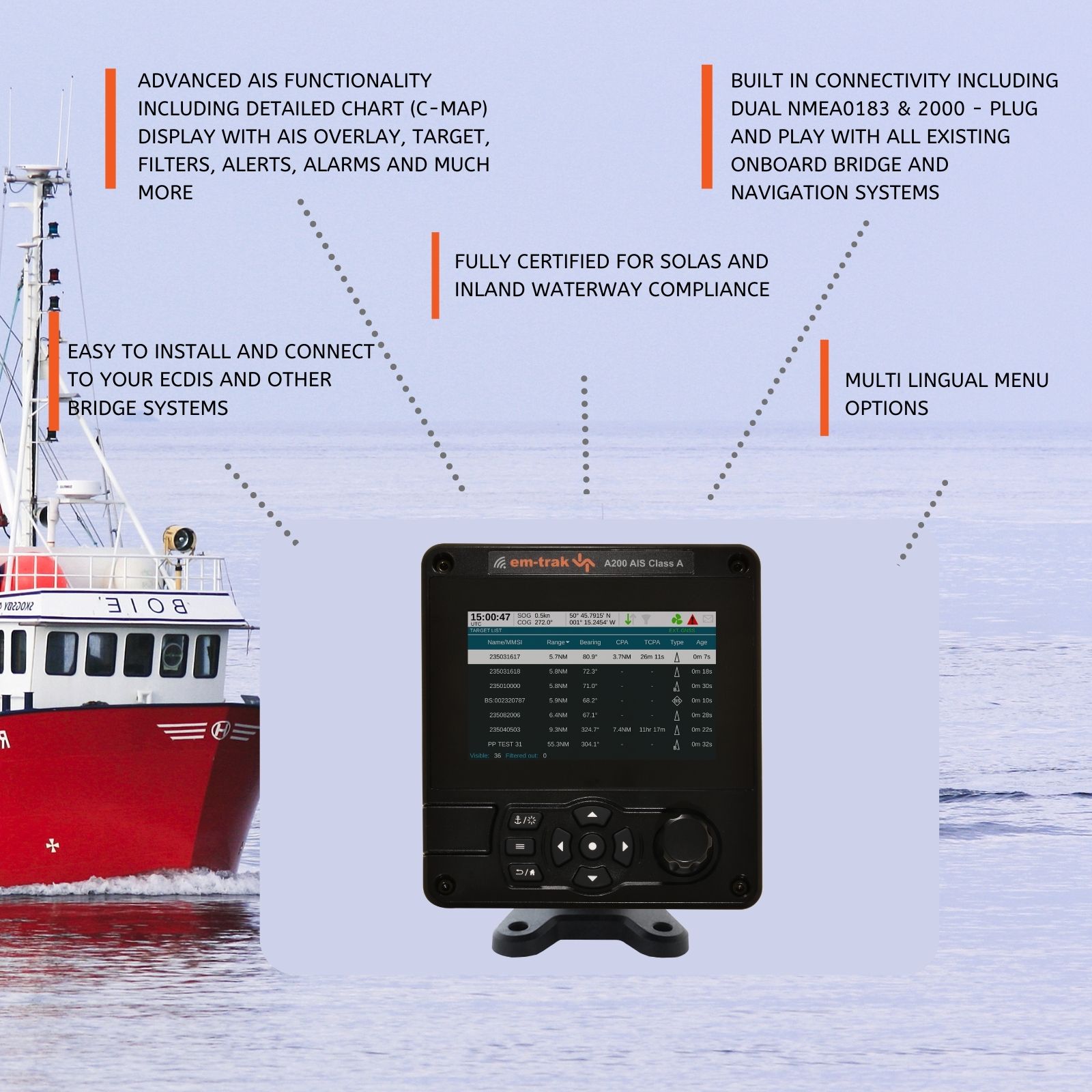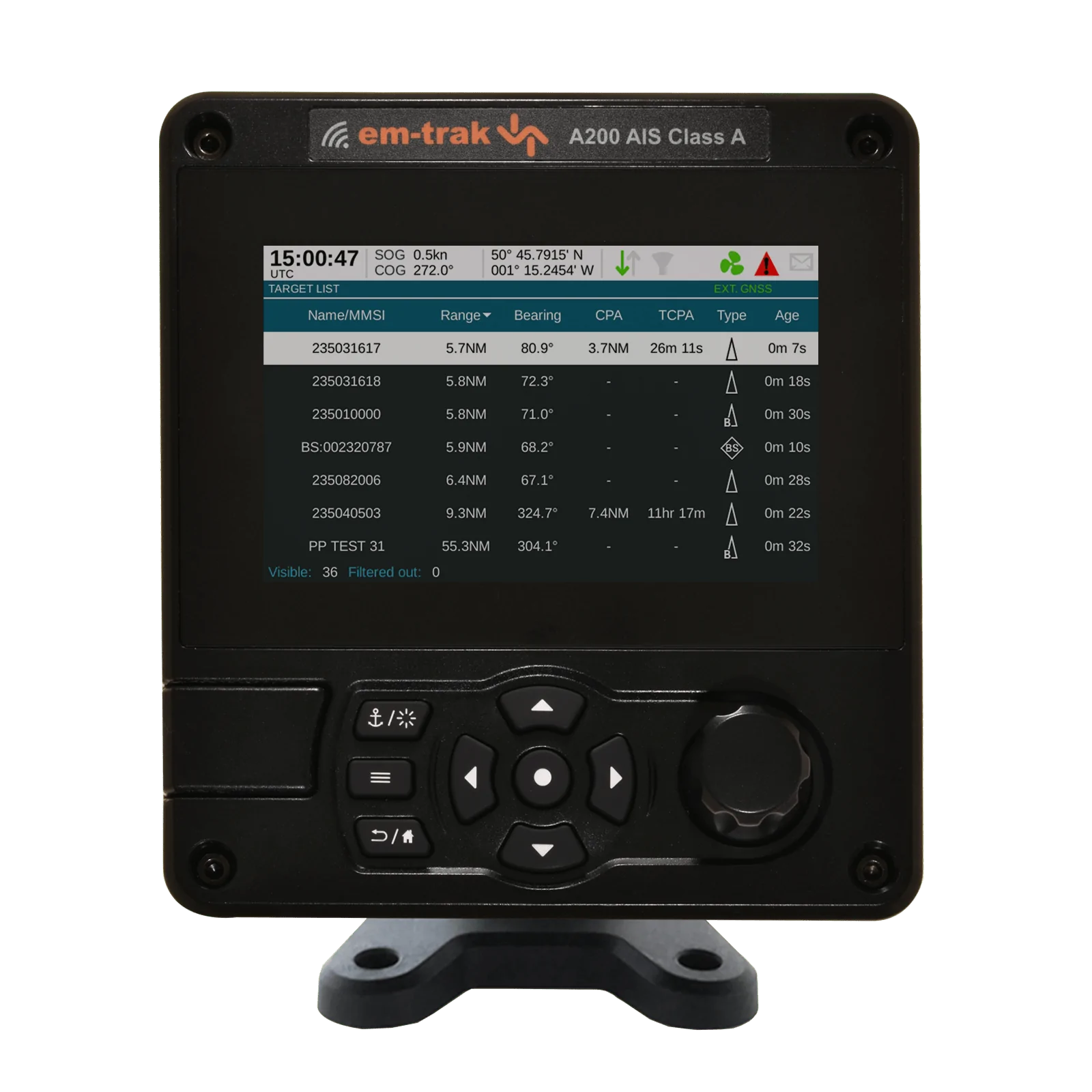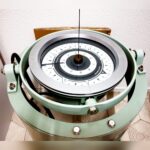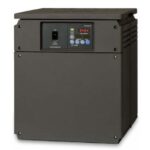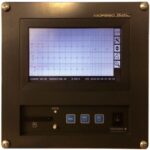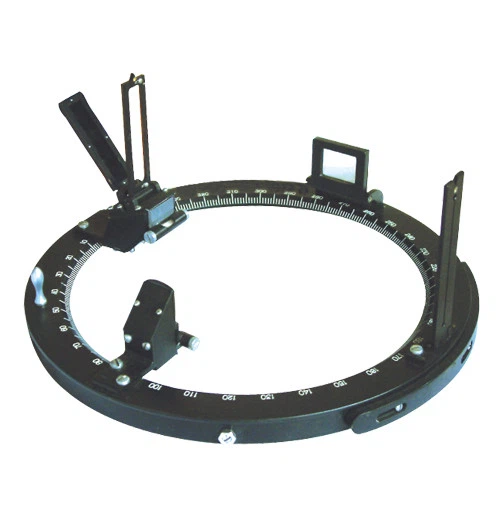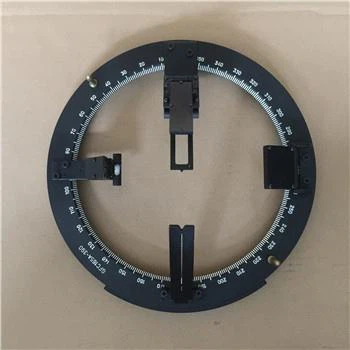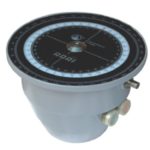Weather Fax
Weather Fax is a method of transmitting weather charts and satellite images over radio frequencies. This post explores how Weather Fax works, its applications, advantages, limitations, and answers common FAQs to enhance your of this weather information dissemination technology.
What is Weather Fax?
Weather Fax, also known as Radiofax or HF Fax, is a method of transmitting weather charts and satellite images over radio frequencies for mariners, aviators, and meteorologists.
How does Weather Fax work?
Weather Fax machines decode audio signals received via radio into images, which are printed or displayed digitally. These images depict weather charts, satellite photos, and other meteorological data.
Components of a Weather Fax System
A typical Weather Fax setup includes a receiver, antenna, audio decoder, and a display device (printer or computer). Signal strength and clarity affect the quality of received images.
Advantages of Weather Fax
Weather Fax provides real-time weather updates without the need for internet connectivity. It is reliable in remote areas and during emergencies where other communication methods may fail.
Applications of Weather Fax
Weather Fax is used by sailors, fishermen, aviators, and meteorologists to obtain weather charts, satellite images, and oceanographic data for route planning and weather forecasting.
Limitations of Weather Fax
Weather Fax images may be of lower resolution compared to digital alternatives. Reception quality can vary depending on atmospheric conditions and radio interference.
FAQs about Weather Fax
| Question | Answer |
|---|---|
| What is Weather Fax used for? | Weather Fax is used to receive weather charts, satellite images, and oceanographic data over radio frequencies. |
| How do you decode Weather Fax signals? | Weather Fax signals are decoded using audio decoders connected to a receiver, which converts audio signals into visual images. |
| What frequencies are used for Weather Fax? | Weather Fax signals are typically transmitted on HF (High Frequency) bands, around 2-25 MHz. |
| Can Weather Fax be used for real-time weather updates? | Yes, Weather Fax provides real-time weather updates within the range and availability of the transmitting stations. |
| Is Weather Fax still used today? | Yes, Weather Fax remains a valuable tool for obtaining weather information, especially in remote areas without internet access. |
| What types of weather charts can be received via Weather Fax? | Weather Fax can receive synoptic charts, sea surface temperature maps, satellite images, and other meteorological data. |
| How reliable is Weather Fax during emergencies? | Weather Fax is reliable during emergencies where other communication methods may be unavailable or unreliable. |
| Do you need special equipment to receive Weather Fax? | Yes, you need a Weather Fax receiver, antenna, and audio decoder to receive and decode Weather Fax signals. |
| Can Weather Fax images be stored digitally? | Yes, Weather Fax images can be saved digitally on a computer or transmitted via email for archival or analysis purposes. |
| Are there international standards for Weather Fax transmissions? | Yes, there are international agreements and standards governing Weather Fax transmissions to ensure compatibility and reliability. |
